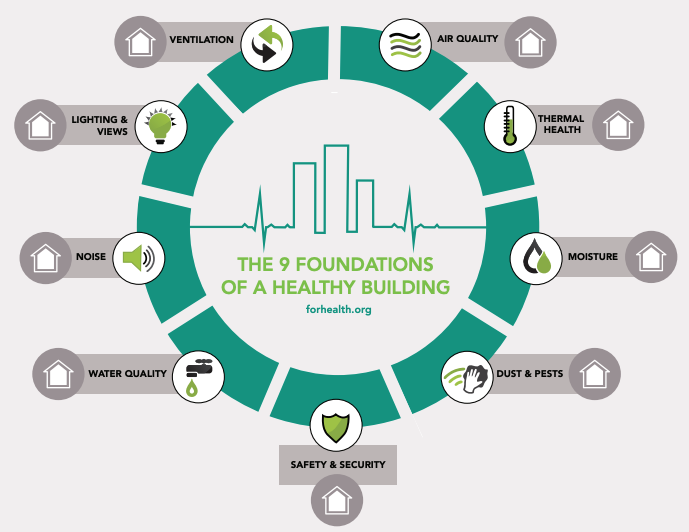Did you know the typical American spends 65% of our life inside our homes?
They say “Home is where the heart is”, and it’s meant to be a figurative expression, but it turns out that it’s also a literal expression, too. The typical American spends 65% of their life in their home – our home is quite literally where our heart spends most of its time. And it turns out that heart health (and brain health and hormone health and mental health) is dependent on home health.
So, what to do? Where does one start in making their home a healthy home? The best place to start is right at the front door. Kick your shoes off at the door and keep all the junk that is outside from coming inside.
Anything you step on in the street or on the sidewalk, you bring into your home. One of the best healthy home steps you can take is to kick your shoes off at the door. This will reduce the amount of dirt and dust you track in from outdoors. In addition to helping to keep your house clean by reducing dust brought into your home, it also limits corrosive road dust, salt, and oils that maybe harmful for pets and damaging to floor surfaces.
The concentrations of air pollutants are often 2-5 times higher indoors than outside. Ventilate your home as much as possible, especially when the outdoor air is clean. Higher ventilation rates (in other words, more fresh air) have been linked to many benefits, including reductions in so-called ‘sick building’ symptoms, like headaches and eye irritation, and help us dilute any contaminants we generate indoors. When you can, bring more fresh outdoor air into your home by opening windows and skylights or increasing the outdoor air intake through your central mechanical system. In homes with mechanical ventilation, make sure to install high efficiency air filters and replace them every 3-6 months.
Every home must have smoke and carbon monoxide detectors on every floor. These are designed to alert you— loudly and quickly— in the event of a life-threatening situation. Smoke detectors alert you to a fire in the house, and CO detectors warn you about this odorless and deadly gas, aptly named The Silent Killer. Because CO is a byproduct of combustion, things like the hot water heater, boiler, or natural gas stove can all emit CO. If not fully combusted, or not properly vented, this can lead to a deadly build-up of CO in the home. Over 350 people die of unintentional CO poisoning each year in the US. Test your detectors regularly to be sure they’re working. And a really good tip is to change the batteries in all of your detectors every time you change your clocks for daylight savings time. This will ensure you change the batteries twice per year, and it’s an easy way to remind yourself.
The human species evolved over millennia in close connection with nature, and in close alignment with light-dark cycles from the rising and setting sun. Only recently have we walled ourselves off from the natural environment with our buildings. This made sense – homes are designed to protect us from the elements, after all. But it turns out that connections with nature are good for our health, and exposure to light (or darkness) at the right times is critical to our natural circadian rhythm. So consider the field of biophilic design and (re) connect with nature in your home. Likewise, open up those window shades in the morning and let the light in.
If you’re in a home built before 1980, there is a good chance you have lead in the paint, indoors and outdoors. Lead is one of the most potent neurological toxicants known, causing lifelong impacts on IQ, learning and behavior. If you’re in an old home, test the interior and exterior paint for lead, and remediate it if you find it. (University of Massachusetts has an inexpensive test that will let you know about lead in your soil, amongst other things.) This is especially important for homes with young kids. Women of child-bearing age should also pay close attention; the lead the mom is exposed to, even before becoming pregnant, gets passed down to the developing fetus during pregnancy.
